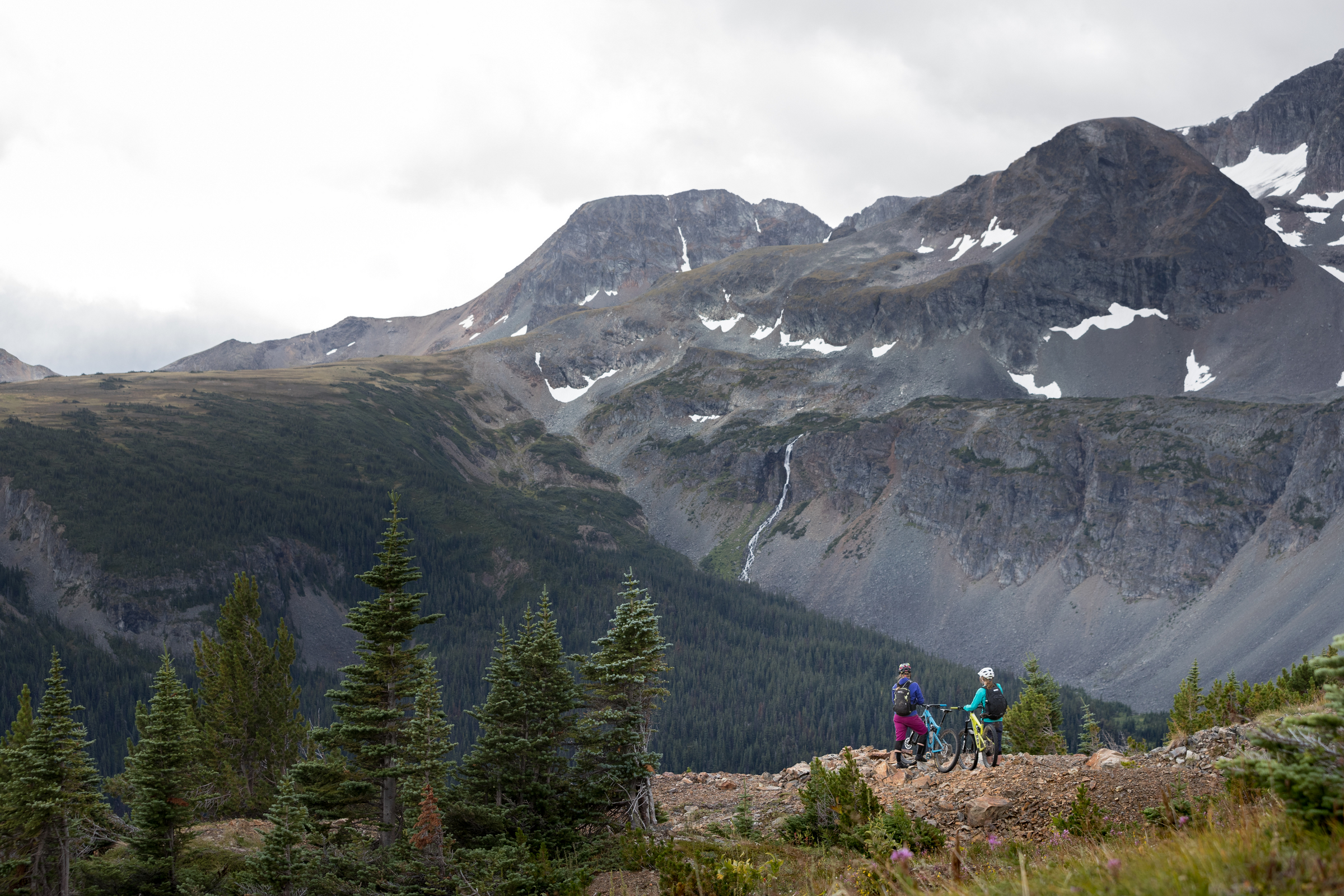Haida House at Tllaal

Homalco Wildlife and Cultural Tours, owned by Homalco First Nation, offers bear viewing and whale watching expeditions throughout the traditional lands of the χʷɛmaɬkʷu (Homalco) People. These two-hour marine journeys to Orford Bay depart from present-day Campell River in beautiful Bute Inlet on the Upper Sunshine Coast of British Columbia. The tours are led primarily by χʷɛmaɬkʷu guides who are culturally trained to expand guest understanding of Indigenous people on the west coast of BC by sharing legends and stories, language, and songs.
Authentic Indigenous recognizes Homalco for dedicated salmon and grizzly conservation efforts, low-impact tourism that prioritizes the preservation of χʷɛmaɬkʷu Lands and People, and the creation of cultural training and employment opportunities for members of Homalco First Nation.

 Homalco Tours
Homalco Tours Appropriate traditional knowledge of the Homalco people and other Nations is shared on this cultural journey that begins with a traditional greeting in Campbell River and includes a stop in Church House– the last occupied village in Homalco Territory. The entire experience, including bear viewing and whale watching, is delivered through an Indigenous lens by people who have ancient roots in the land. Guides receive cultural training and share appropriate knowledge from elders and other experts, including lessons on the traditional ʔayʔaǰuθəm (Ayajuthem) language and use of local plants and resources. The Homalco Cultural and Wildlife Tours gift shop provides a venue for community artist to sell their creations and hosts ʔayʔaǰuθəm signage carved by a Homalco Elder.
 Homalco Wildlife Tours
Homalco Wildlife Tours 
Employment, training, and capacity building for Homalco Nation are at the core of everything Homalco Cultural and Wildlife Tours does. The 100% Indigenous-owned cultural tourism business makes financial contributions to the community through profits. It provides opportunities for Homalco youth to join tours and experience firsthand what their Nation and members are involved in for consideration for career and employment opportunities. Homalco provides training to members and ensures that its effort to provide low-impact cultural tourism continues to benefit the χʷomaɬkʷu (Homalco) people with full-time and seasonal employment.
 Homalco Tours
Homalco Tours Conservation fees are used to fund grizzly research and conservation and the Homalco-run salmon enhancement hatchery to rebuild depleted salmon stocks. Guests are educated on proper etiquette and learn about “leave no trace” wilderness access, with protocols in place for food and food waste management in camp and on tour. The tour follows select roads and trails and uses specific wildlife viewing areas chosen to reduce the impact on grizzly bears and other wildlife. The animals become familiar with these limited routes and adjust their behaviour, reducing stress and impact on their feeding and other activities.
